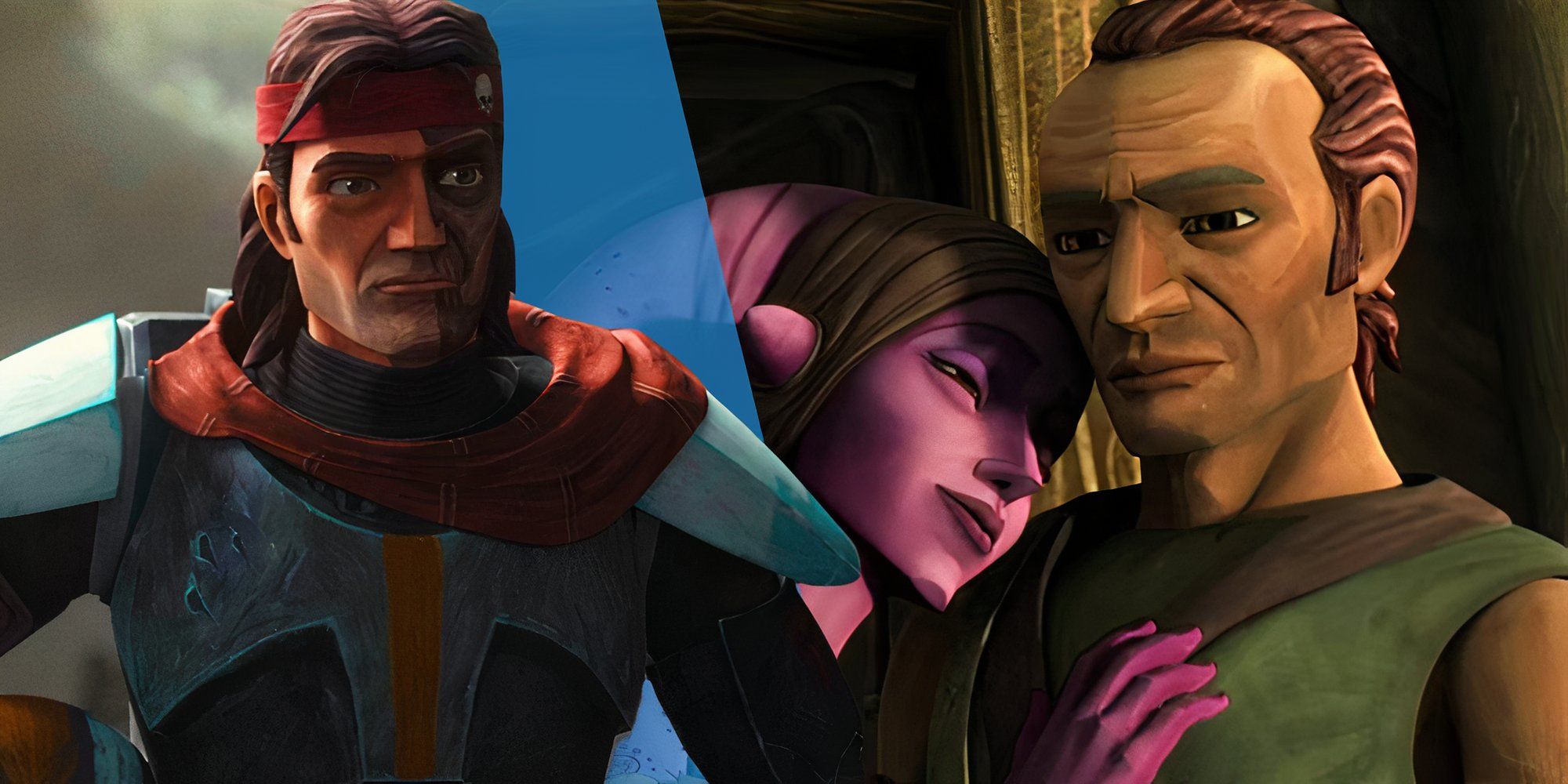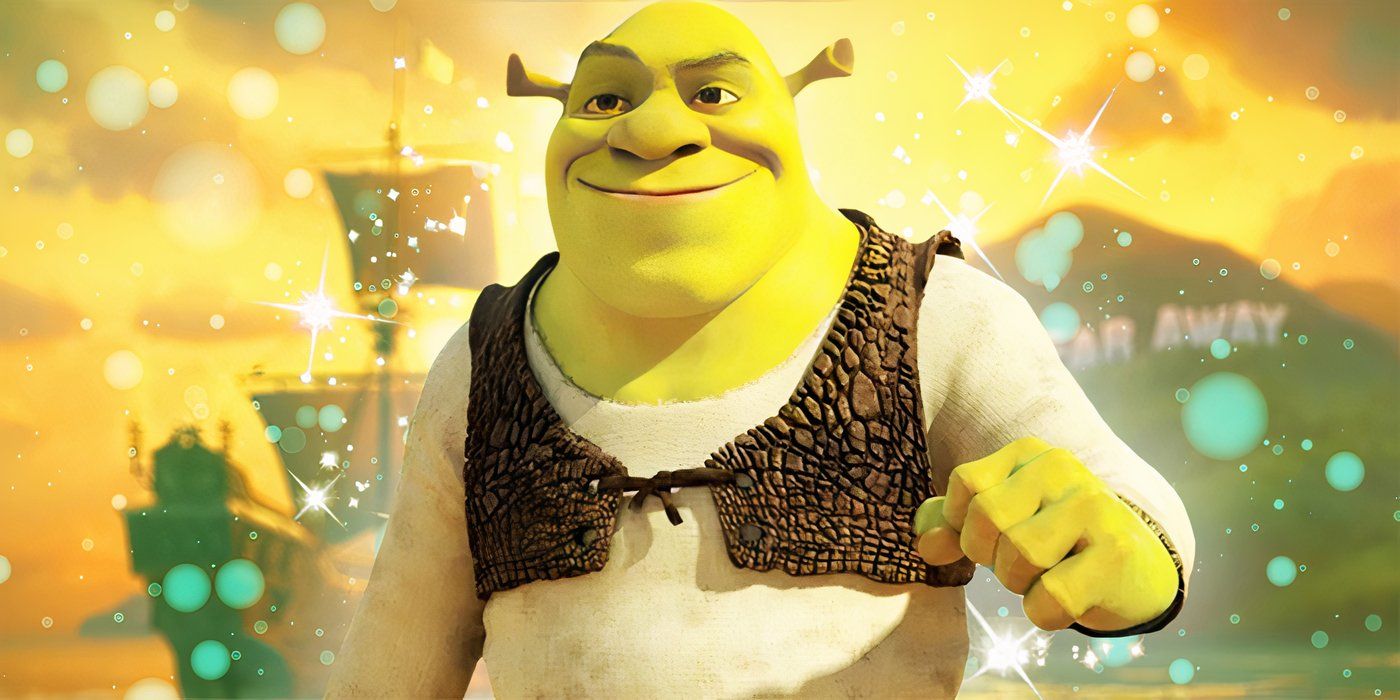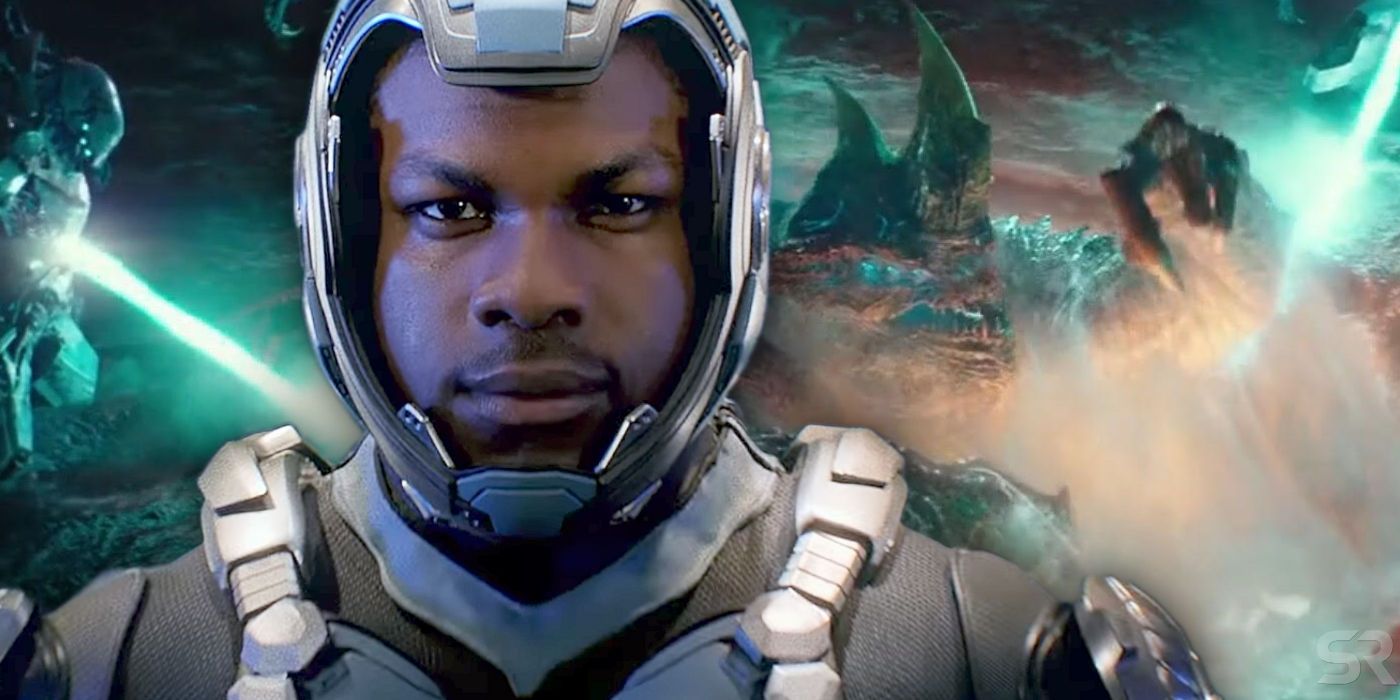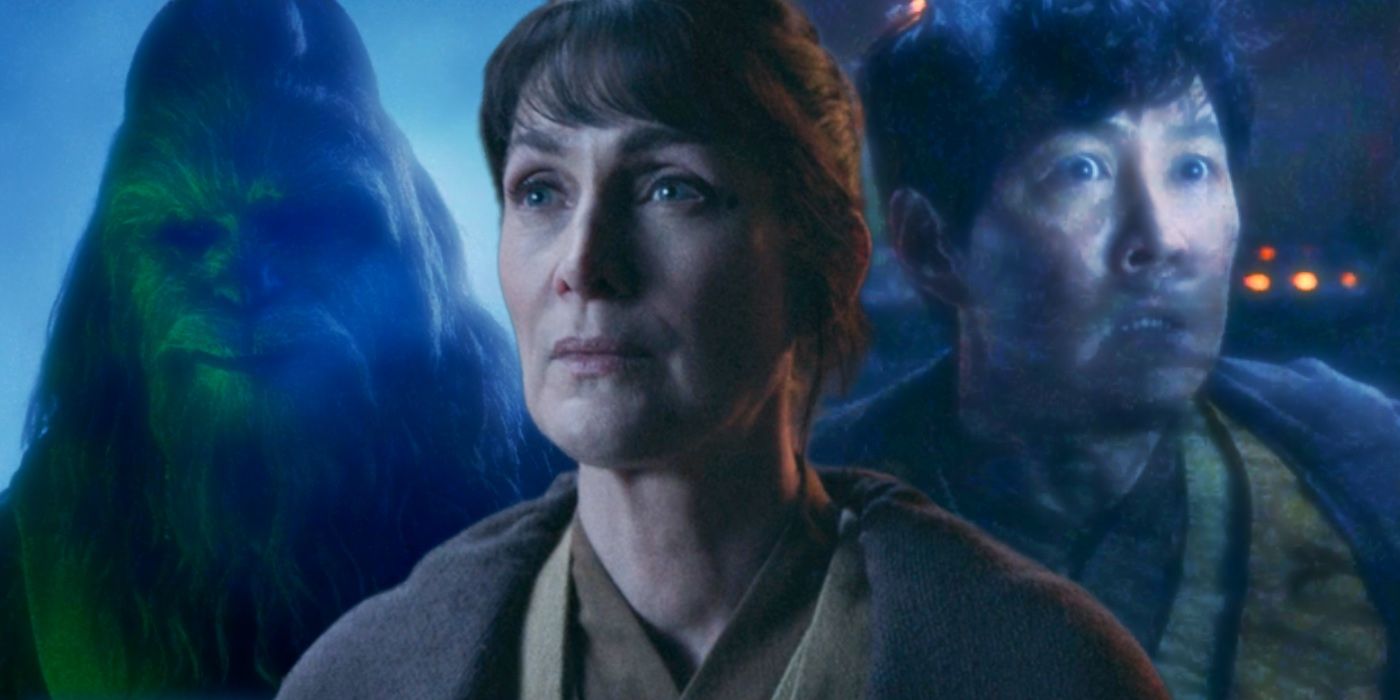Warning: The following article contains mild spoilers for Dune: Part Two.
Dune: Part Two director Denis Villeneuve explains why the Harkonnen planet of Giedi Prime is in black and white. During Feyd-Rautha’s (Austin Butler) introduction sequence, the entire planet is drenched under the Black Sun, which makes the colors of its environments vastly different than the other worlds shown in the movie. As a result, the entire sequence is captured entirely in black and white, making Giedi Prime a distinct world in Villeneuve’s adaptation of Frank Herbert’s Dune.
In an interview with Moviefone, Villeneuve explained why the planet is treated in black and white. Contextualizing first that the idea came from Herbert’s book, Villeneuve expands further by stating that the light emanating from the sun could give an idea into the psycheof characters who inhabit House Harkonnen. Check out his full thoughts on the matter below:
The idea came from the book. One of the aspects that I love in the book is the idea that, the book is a study of the impact of the ecosystem on human beings, all from the nature of the ecosystem, the human developed religions, techniques, and ways of survival, all their culture, we are the product of our environment and when you want to know about the Fremen, you just look at the desert and it will inform you about the native people.
I love this idea and I tried, for Giedi Prime, the home world of Harkonnen, there’s less information in the book and it’s a world that is disconnected from nature. It’s a plastic world. So, I thought that it could be interesting if the light, the sunlight could give us some insight on their psyche. What if instead of revealing colors, the sunlight was killing them and creating a very eerie black and white world, that will give us information about how these people perceive reality, about their political system, about how that primitive brutalist culture and it was in the screenplay.
(Cinematographer) Greig (Fraser) was tremendously inspired by that, and we were making tests. I wanted a black and white that would seem alien and coming from another world, a sunlight that we have not seen in cinema. Greig came up with this idea of infrared which I absolutely loved, and we shot the movie that way. The only thing is that when you film this way, there’s no way back. I said, “You have to know that. Okay, we are doing this and there will be no way back. So, we cannot put color after it’s over.” That’s the thing I love about (producer) Mary Parent is that she’s good, she does not operate by fear, and she supported the idea one hundred percent.
Feyd-Rautha Harkonnen’s Introduction Is Dune: Part Two’s Most Unique Sequence
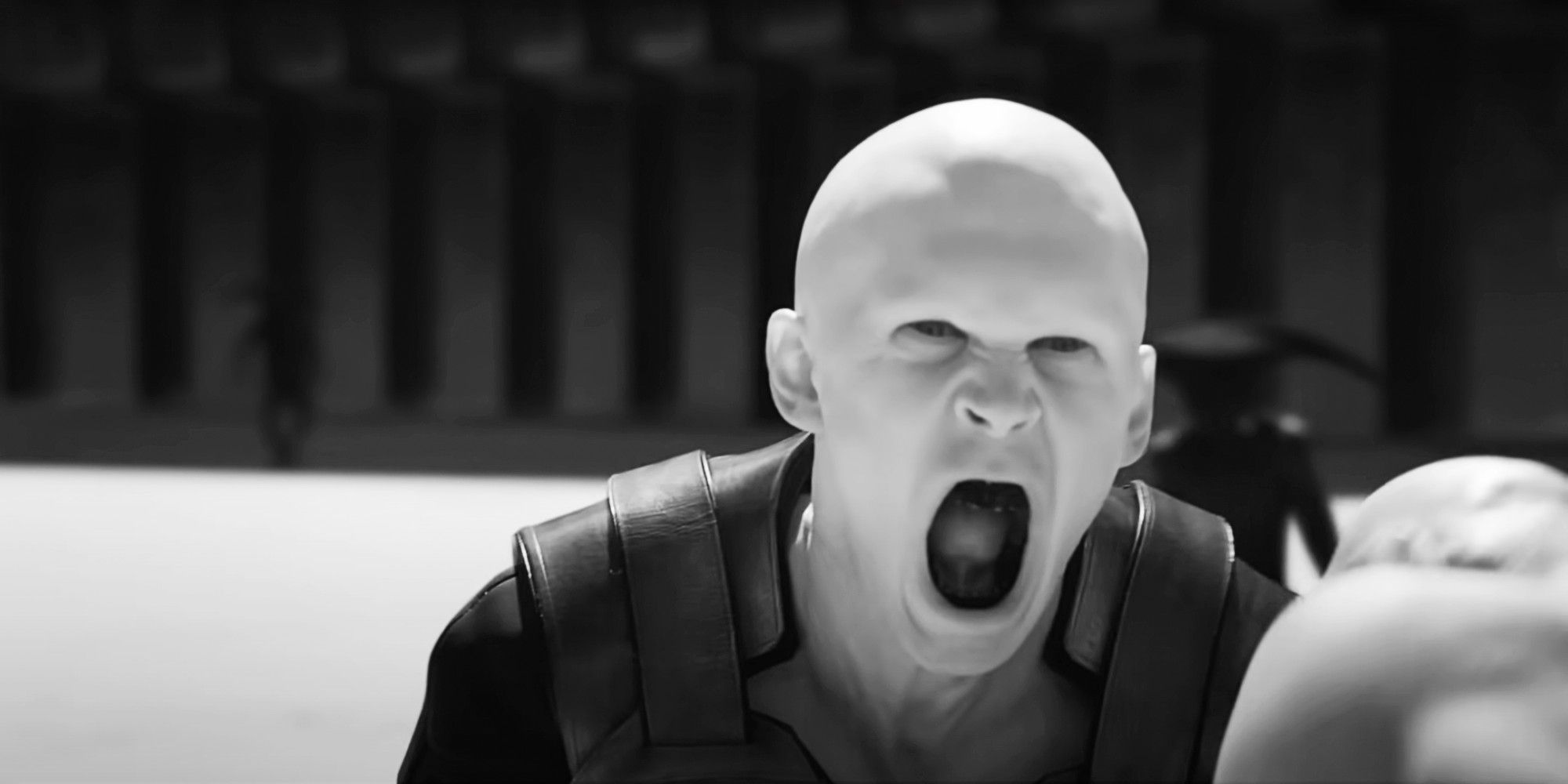
While Dune: Part Two contains many show-stopping sequences, Feyd-Rautha’s introduction fight might take the cake as the film’s most inventive and unique. Yes, it can be considered unique because it’s Dune: Part Two‘s only sequence to have a different color palette and aesthetic than the rest of the movie. However, it’s also shot differently than the rest of the film to capture Giedi Prime’s distinct look and feel, making it Dune: Part Two‘s most incredible visual achievement.
As explained above by Villeneuve, cinematographer Greig Fraser shot the sequence through a modified ARRI Alexa LF IMAX camera, turning it into an infrared camera. By shooting the sequence that way, Villeneuve and Fraser were able to capture a black-and-white that made it feel like it belonged in another world, and not a traditional black-and-white that audiences are accustomed to seeing in movies. Because of this, the look of Giedi Prime is highly distinct from what comes before and after Feyd-Rautha’s sequence.
Through one striking visual choice, the audience understands more about the Harkonnens and their beliefs than what is told about them either in the first or second movie. As a result, the audience may think differently about how they perceived the main threats to House Atreides before Feyd-Rautha was introduced in the movie. By doing this, Villeneuve cements Dune: Part Two as a staggering science-fiction epic that won’t be forgotten anytime soon.
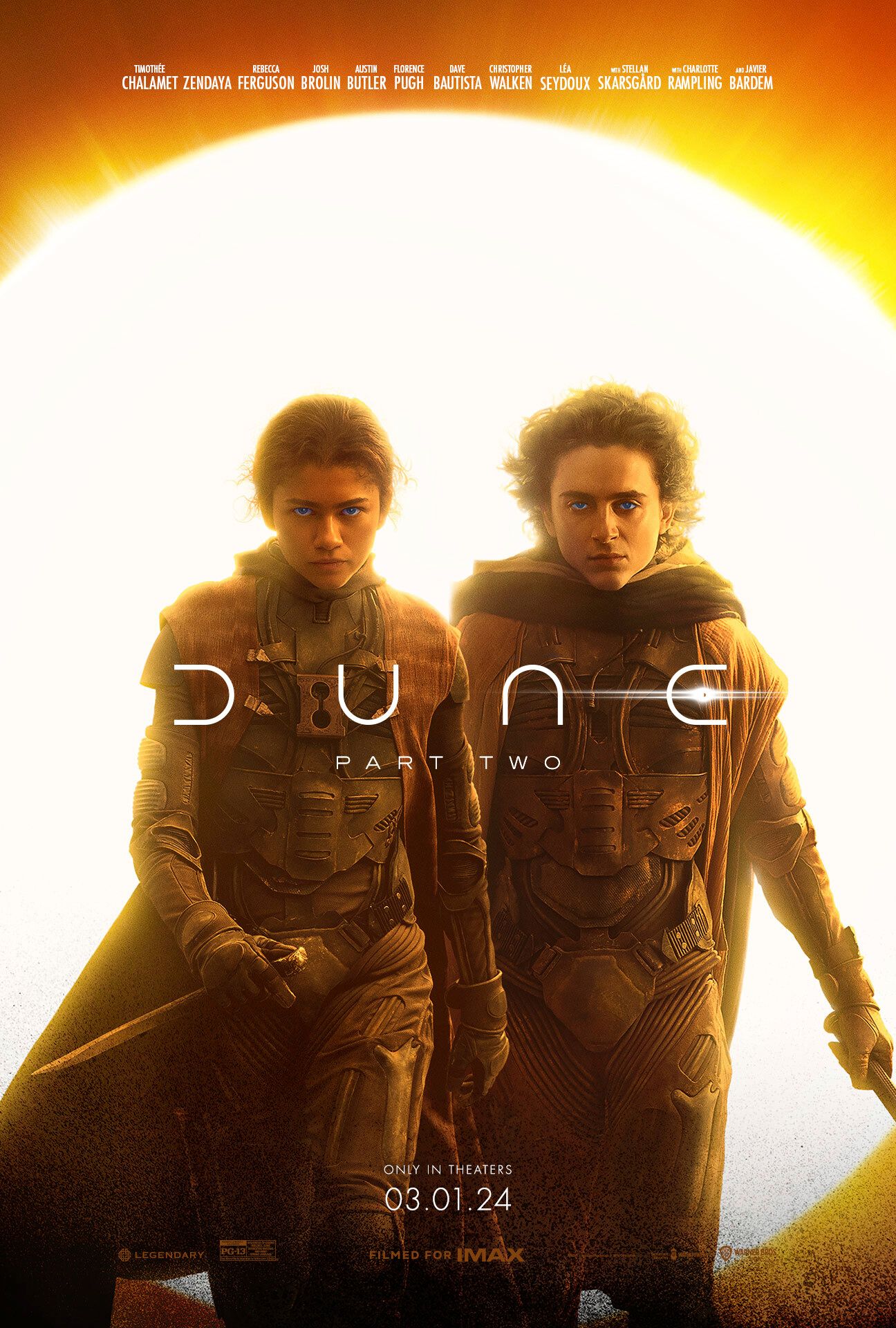
Dune: Part Two
Dune: Part Two is the sequel to Denis Villeneuve’s 2021 film that covers the novel’s events by Frank Herbert. The movie continues the quest of Paul Atreides on a journey of revenge against those who slew his family. With insight into the future, Atreides may be forced to choose between his one true love and the universe’s fate.
- Director
- Denis Villeneuve
- Release Date
- March 1, 2024
- Studio(s)
- Legendary Pictures
- Distributor(s)
- Warner Bros. Pictures
- Writers
- Denis Villeneuve , Jon Spaihts
- Cast
- Timothee Chalamet , Zendaya , Florence Pugh , Austin Butler , Rebecca Ferguson
- Franchise(s)
- Dune
- Sequel(s)
- Dune: Part Three
- prequel(s)
- Dune
- Budget
- $122 Million
